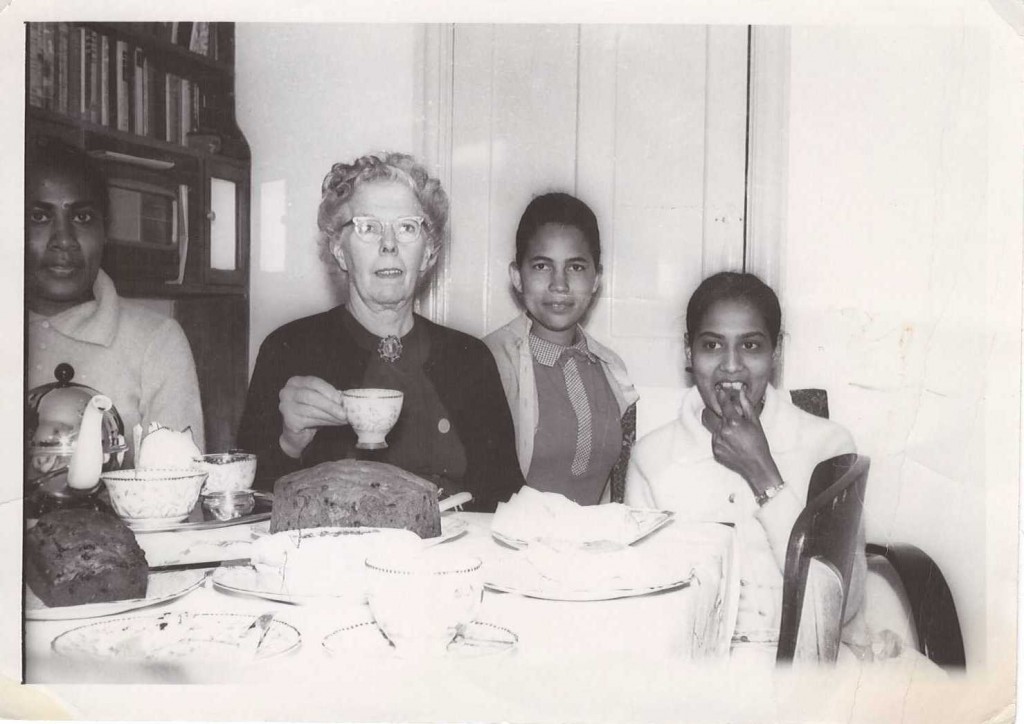Bridget Coyle was Matron of St. Luke’s Hospital from 1942 – 1960 . In 1955, Coyle celebrated 25 years at the hospital – here is her account of St. Luke’s from 1930 to 1955.
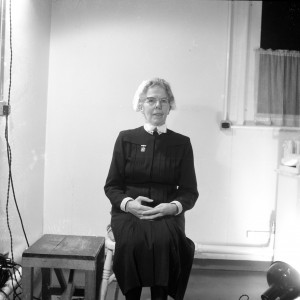
It is a privilege for me to have the opportunity to write about my twenty-five years at St. Luke’s and I call to mind a few of my memories and some of the changes which have taken place during that time.
When, on 18th January, 1930, I came to St. Luke’s as a Ward Sister, it was known as Warren Road Hospital and was under the Guildford Board of Guardians, but in that same year it passed to the control of the Surrey County Council. The staff consisted of 1 Resident Medical Officer, 7 trained nurses and 20 probationers, patients numbering 150.The hospital was at the time recognised as a Preliminary Training School for nurses in affiliation with Lambeth Hospital, London.
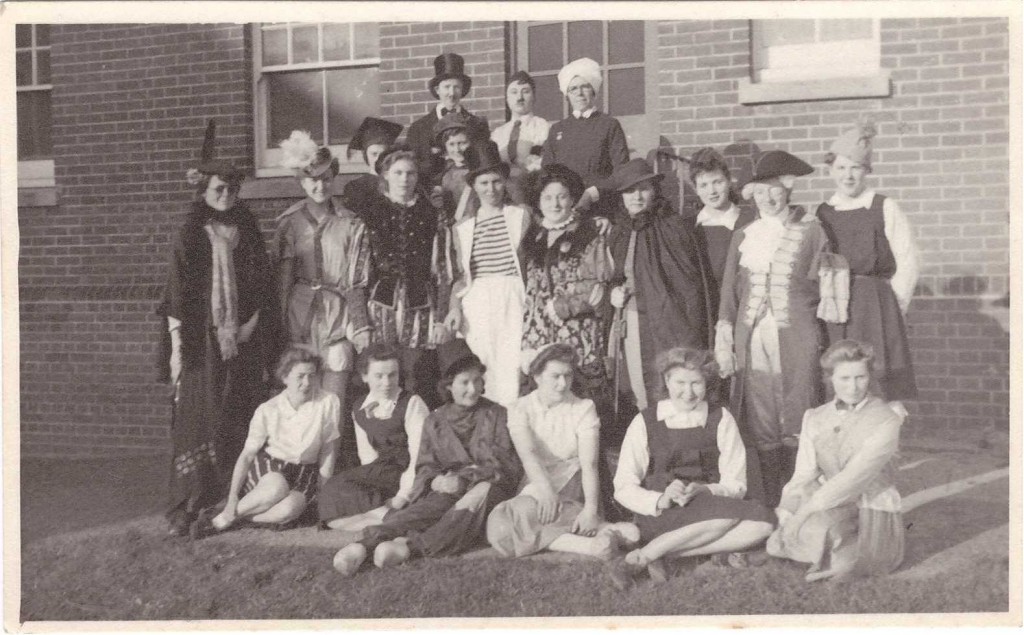
In 1932 I was for a time acting Home and Theatre Sister, and in 1933 I became Night Sister. Being the only trained person on night duty, I was responsible for the supervision of the general wards, the deliveries in a 10-bedded maternity ward and the night theatre work. The theatre was then situated in what is now the committee room, and many times I assisted in carrying the patients up and down stairs. On coming off duty in the morning, I would often give a lecture to the nurses, as in those days we had no sister tutor. My off duty was four nights per month all taken together, and I can recall a period of ten weeks when I had to work without any off duty.
In 1934 I was promoted to the post of Assistant Matron with the added duties of day and night theatre sister. In 1935 our first sister tutor was appointed but we had to share her with the Farnham County Hospital and Milford Sanatorium. New construction was now under way and in 1936 the present modern nurses’ home with nurse-teaching department was completed, giving us 72 bedrooms instead of the previous 20; in 1937 the new boiler house, isolation block and observation block were built, and the old laundry converted into a staff dining room.
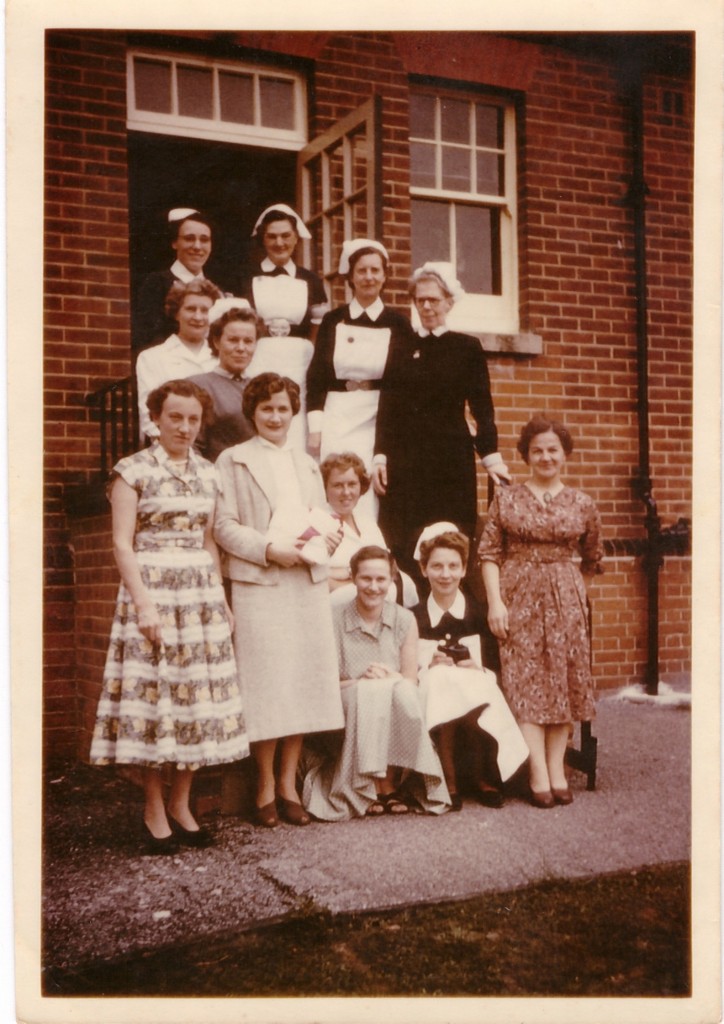
In 1939 the annexe wards and departments were built and equip-ped for the war effort and staffed by the Civil Nursing Reserve, some of whose members joined the permanent staff after the war and are still with us. Everyone worked frantically to get all the windows covered with wire netting and blackout. We were inundated by expectant mothers, evacuated from London, and St. Luke’s House was taken over to accommodate them. Elford was taken over as an ante-natal hostel. The present Out-patients’ department was turned into a first-aid post and decontamination centre.
In 1940, at fifteen hours’ notice, we had to admit 700 casualties from Dunkirk, and every available space in the annexe, main hospital and St. Luke’s House, was packed with beds to meet this crisis. The terrible burns received by some of those boys who had been rescued from a sea of burning oil, and who remained with us for many months, are still a ghastly memory. In this year St. Luke’s became a complete training school for nurses.
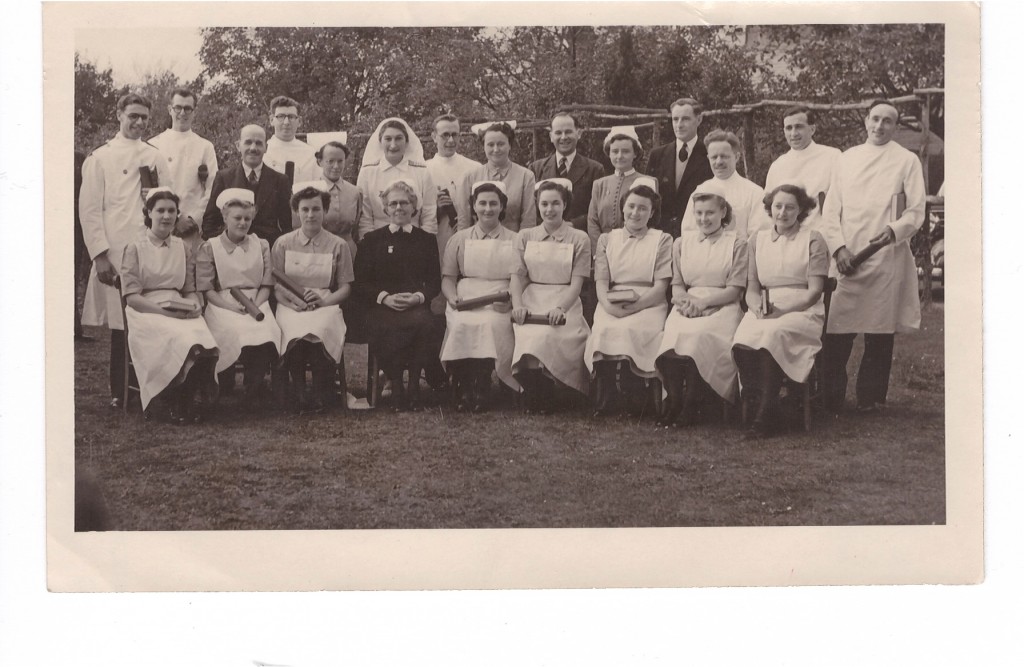
In 1941 I was seconded as Matron to Woking War Hospital, the Southern Railway Orphanage; but next year Mrs. Guy, our Matron, was forced to retire owing to ill health and I returned from Woking to become Matron of St. Luke’s.
In 1943 a pathological laboratory, staffed by one technician, was started in April and the radiotherapy centre was opened. Pymhurst was purchased and opened to house our preliminary training school nurses. In 1945 the hospital was re-named “St. Luke’s.” The following year we applied to the General Nursing Council for recognition as a male nurse training school: this was granted in the same year and still continues.
In 1947 I was privileged to visit America to attend the International Congress of Nursing as a representative of the Surrey County Council Matrons’ Association. In January 1948, after much hard work, we opened Comeragh Court, Woking, as a home for 30 ambulant T.B. patients, but in July, when control passed to the Ministry of Health, this home went over to the Woking Group. This year the occupational therapy department was opened, and we also became recognised as a Part I midwifery training school.
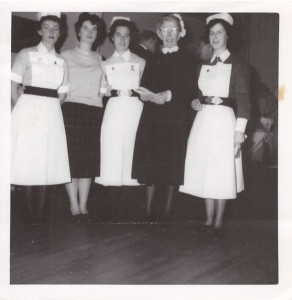
In 1951 the visitors’ canteen was opened in the patients’ waiting room, and in 1952 the League of Friends of the Guildford Hospitals was formed and has since given us much valuable help. The interchange of student nurses between St. Luke’s and the Royal Surrey County Hospitals commenced in January 1952, and in April we first sent students for a period of training at the Milford Chest Hospital. In 1953, the new Group pathological laboratory was opened by the Minister of Health. And so to 1955 and the commencement of a new wing to the Nurses’ Home for the Group preliminary training school.
